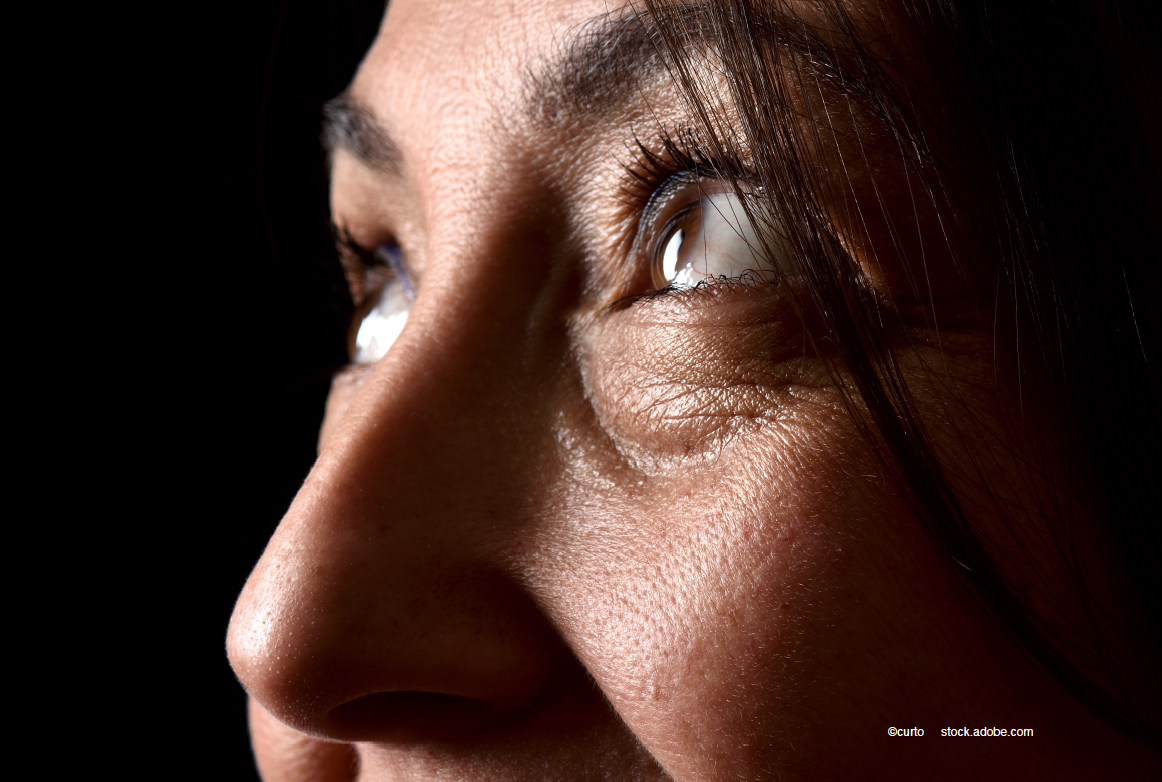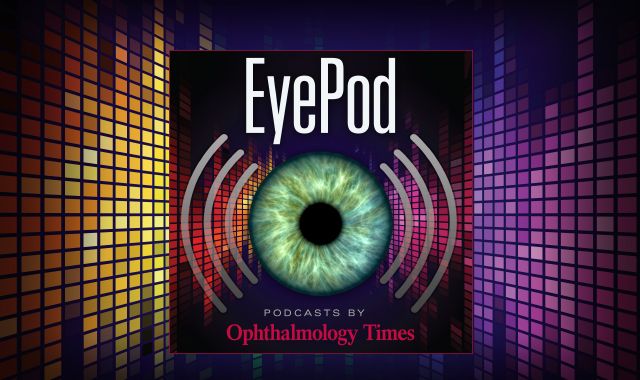Article
Blepharoptosis in patients with an ocular prosthesis: Use of a novel template prosthesis
Author(s):
Learn about a novel procedure using a template prosthesis to facilitate intraoperative adjustment during external levator resection ptosis repair.
Study authors found that using a template prosthesis to facilitate intraoperative lid positioning in ptosis repair was effective in 12 patients.

Changyow Kwan, MD, and colleagues from the Division of Oculofacial Plastic and Orbital Surgery, Gavin Herbert Eye Institute, Department of Ophthalmology, University of California-Irvine, Irvine, CA, determined the effectiveness of use of a template prosthesis to facilitate intraoperative lid positioning in ptosis repair. All patients had a good esthetic result and no complications developed.
Blepharoptosis develops frequently in patients with acquired anophthalmia, but according to Kwan, the optimal treatments have not been ascertained.
The authors undertook a literature search to identify reports of pathophysiology or management of blepharoptosis in this patient population and they describe the results of procedure using a template prosthesis to facilitate intraoperative adjustment during external levator resection ptosis repair.
They ultimately identified 13 articles in the literature that met the inclusion criteria that included description of the pathophysiology/treatment of anophthalmic blepharoptosis. The authors also reviewed the cases of 12 adults who underwent external levator resection using a limbal templated, non-detailed, custom-shaped prosthesis.
The investigators assessed the results, specifically the margin to reflex distance 1 (MRD1), facial symmetry, and the number of eye prosthesis modifications.
Kwan and colleagues commented that, based on the literature, levator pathophysiology and orbital volume loss are important variables in anophthalmic ptosis.
“Prosthesis augmentation may be useful to treat ptosis in many instances, but may be limited by decreased motility and a poorer overall prosthesis fit. A number of surgical techniques of blepharoptosis repair have been reported and the success rates ranged from 88% to 100%,” they said.
They found that using a template prosthesis to facilitate intraoperative lid positioning in ptosis repair was effective in 12 patients. All patients had MRD1 within 1 mm of the target and all had good facial symmetry. No complications developed and revisions of the ptosis repair or redundancy in prosthesis fabrication were not needed after a mean of 3 years of follow-up, they reported.
Reference
Kwan CC, Dermarkaria, CR, Cypen SG, et al. Blepharoptosis in the setting of an ocular prosthesis: a literature review and description of the novel use of a template prosthesis. touchREVIEWS in Ophthalmology. 2022;16(1): published online May 9, 2022.





